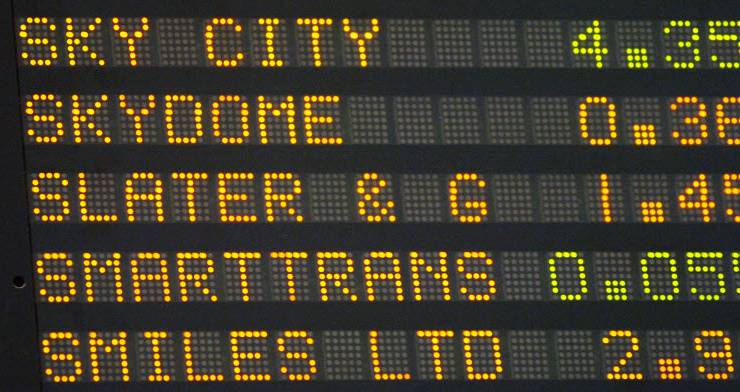
There’s no more reliable way to conclude that a business is terminally ill than if they start threatening legal action against journalists. In more than 1000 articles, I’ve been threatened a mere handful of times. The list reads like a catalogue of corporate rogues: Babcock & Brown, Steve Vizard’s former accountant, Ahmed Fahour, and last year, Slater & Gordon.
It wasn’t surprising, therefore, to see that Australia’s highest-profile ambulance chaser has effectively died, with equity holders about to be completely wiped out and Slater & Gordon’s bankers taking whatever is left of the once high-flying law firm (banks looks like collecting around 30-40 cents in the dollar). Slater & Gordon Limited (SGH) has a current share price of around 9 cents, which is down 99% from its 2014 high. In short, things literally couldn’t be any worse for SGH shareholders.
Slater & Gordon wasn’t the victim of an unfortunate extraneous event — instead the firm made a series of increasingly bad decisions. (If there is any silver lining, at least management went down the with the ship, with managing director Andrew Grech’s stake dropping from more than $50 million, and UK boss Ken Fowlie seeing $45 million evaporate).
Last January, Crikey compared SGH to the disastrous ABC Learning Centres, noting:
“If the ABC experience is any guide, it would appear that Slater & Gordon probably won’t see out the year as a listed entity. It will almost certainly need to massively write down the value of intangibles on its balance sheet, while the debt and payables load of $1.3 billion will loom ever so large (compounded by the business’ terrible cash flow).
“In December, Slaters downgraded earnings — indicating not only is the company performing terribly, but management has no idea as to the extent of the problem and the profitability (or lack thereof) of their business. “
Shortly after Crikey published its forecast of doom, Slater & Gordon management demanded a series of petty corrections (most of which were absurd or missed the point), serving to emphasise that the business was in a diabolical mess. As it turned out, our predictions were perfectly correct, although the business hung on a few months longer than a year.
The disaster at Slater & Gordon would have been exactly the kind of collapse that would have led to a class action led by Slater & Gordon itself (in this case, competitor Maurice Blackburn is leading the class action).
The bad decision-making that led to the destruction of billions of dollars of equity was mind-boggling. Specifically, the decision to acquire UK-based Quindell’s for $1.3 billion has almost single-handedly destroyed the business — in fact, it’s hard to think of too many other acquisitions that have had such a catastrophic effect on a company (Rio’s purchase of Alcan comes close, as did Allco’s related-party acquisition of Rubicon). In total, SGH has written down more than $1.2 billion in the past 18 months — virtually the purchase price of Quindell’s. To make things even worse, the company has recorded higher losses as revenues have dwindled by 25% year on year.
Regardless of your politics and view on Slater & Gordon, Andrew Grech and his board showed why law firms are best placed remaining as partnerships, not listed entities.
*Adam Schwab is a former corporate lawyer and the author of Pigs at the Trough: Lessons from Australia’s Decade of Corporate Greed








Crikey is committed to hosting lively discussions. Help us keep the conversation useful, interesting and welcoming. We aim to publish comments quickly in the interest of promoting robust conversation, but we’re a small team and we deploy filters to protect against legal risk. Occasionally your comment may be held up while we review, but we’re working as fast as we can to keep the conversation rolling.
The Crikey comment section is members-only content. Please subscribe to leave a comment.
The Crikey comment section is members-only content. Please login to leave a comment.